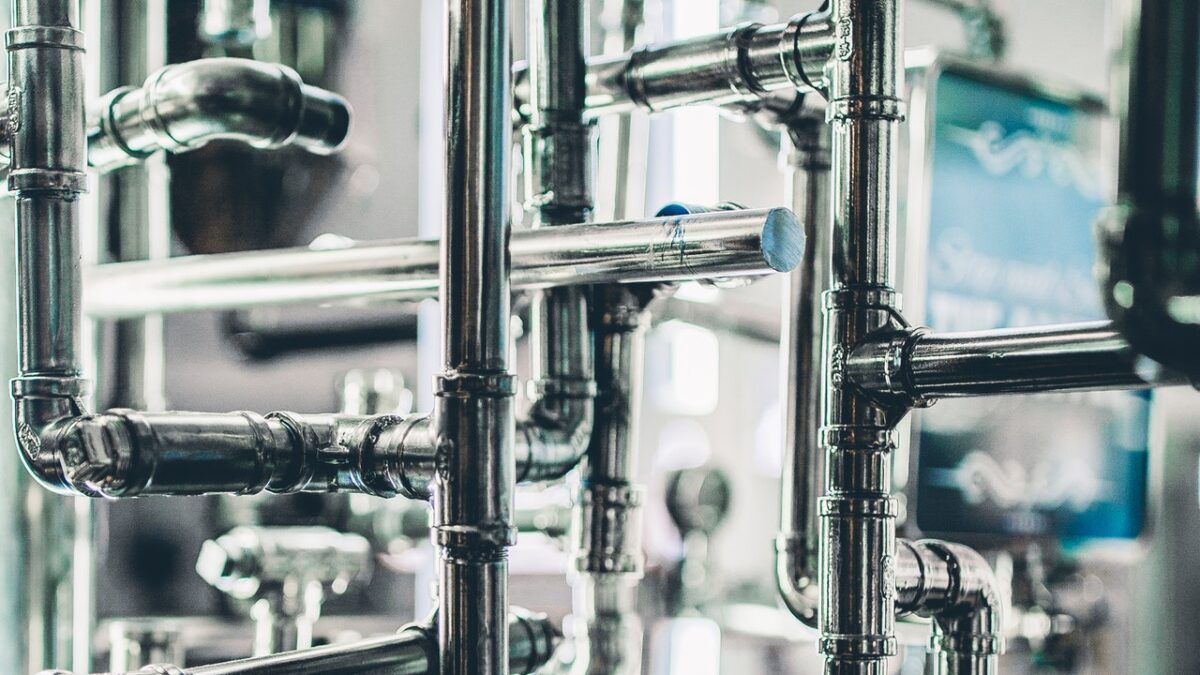Quick question: do you think it’s possible to fix a damaged pipe in your home without replacing them? If you answered yes, then you are right. But what is the method used in fixing bad or damaged pipes without necessary replacing them? The answer is pipe relining.
Repairing the pipes in any home is probably one of the worst home maintenance projects to embark on. Although there are easy fixes you can try to fix a bad pipe; however, they are not always sufficient.
For many homeowners, when their pipes get faulty, bad or damaged, the first and only thing they can think of is replacing the damaged pipe. While that is a great idea that works, replacing damaged pipes is often an expensive and tedious or burdensome process to carry out.
Well, the good news is that you can now fix bad or damaged pipes without having to replace them. Realigning your pipes is not only easier but it’s also a cheaper way to fix or repair piping issues at home.
What is pipe relining?
Pipe relining is a method of repairing broken or cracked pipes from the inside, without the need to dig.
In general, pipe relining has to do with creating a new, tough pipe inside an already existing bad or damaged pipe, in order to seal the crack and promote better flow.
The relined section of the pipe seals perfectly with the rest of your pipe system to stop leaks and prevent further breaks.
Pipe relining is usually done by experts or specialists because you’ll have to be trained in order to do or perform a good job. With that being said, if you reside in Australia (Sydney to be precise), then you can hire the services of pipe relining Sydney experts or professionals to help you with your piping problem.
Reasons why you should realign your pipe
To upgrade your pipes
There’s a common saying that “nothing lasts forever.” Well, that saying is also true for pipes. Although pipes are built to last for a very long time, but since they can’t last forever, after a few several decades, they begin to deteriorate.
Hence, if you live in a house that was built more than 50 years ago, then the chances are your pipes are reaching the end of their lifespan, depending on the type of material used in making the pipe.
For example, copper pipes can last as long as 60-80 years and galvanized pipes can last as long as 100 years. However, certain factors can influence their lifespan and make them fail sooner. Factors such as the quality of water passing through the pipes, past plumbing problems, and if you use chemical cleaners.
In conclusion, if you live in a very old building that has plumbing issues, then chances are the pipes in the building have gone past their lifespan and you should consider fixing them by relining or replacing the pipes.
It’s less intrusive
One of the major benefits, why people choose pipe relining over traditional pipe repairs (replacing a bad or damaged pipe), is that the building or property is minimally disturbed.
The traditional pipe repair and replacement method involves a lot of extensive digging which can sometimes extend your pathways, gardens, lawns, etc. What’s more? Even after the job is done, you’ll have to deal with cleaning and fixing the resultant mess which is not only costly but also time-consuming.
It stems leaks and prevents roots from intruding the pipes
Pipe relining seals off the pipe entirely, leaving no space for leaks, or tree roots to enter the pipe space. The epoxy liner is not only long-lasting, stronger, and seamless, but it also provides a permanent solution to pipe repairs as it perfectly covers the cracks and gaps inside a pipe.
It’s a cost-effective pipe repair solution
Trenches pipe relining is a far more cost-effective method of fixing sewer and drainage pipes than the traditional method. The reason for the significant cost reduction is simple. Since pipe relining involves minimal digging, the trenching doesn’t need costly heavy-duty equipment. And since there’s less disruption to the building or home, the cost of cleaning and also filling the trenches after the job is done is significantly lower as well.


